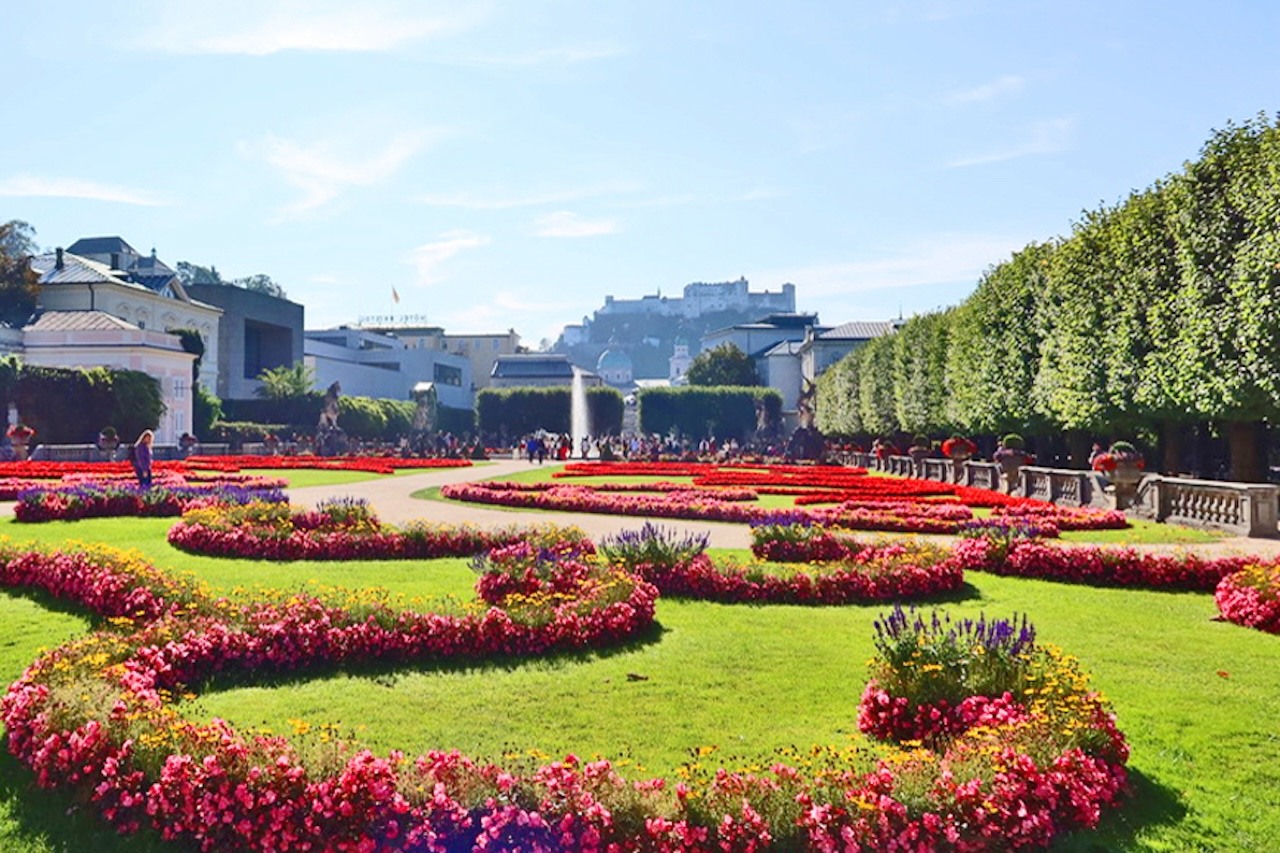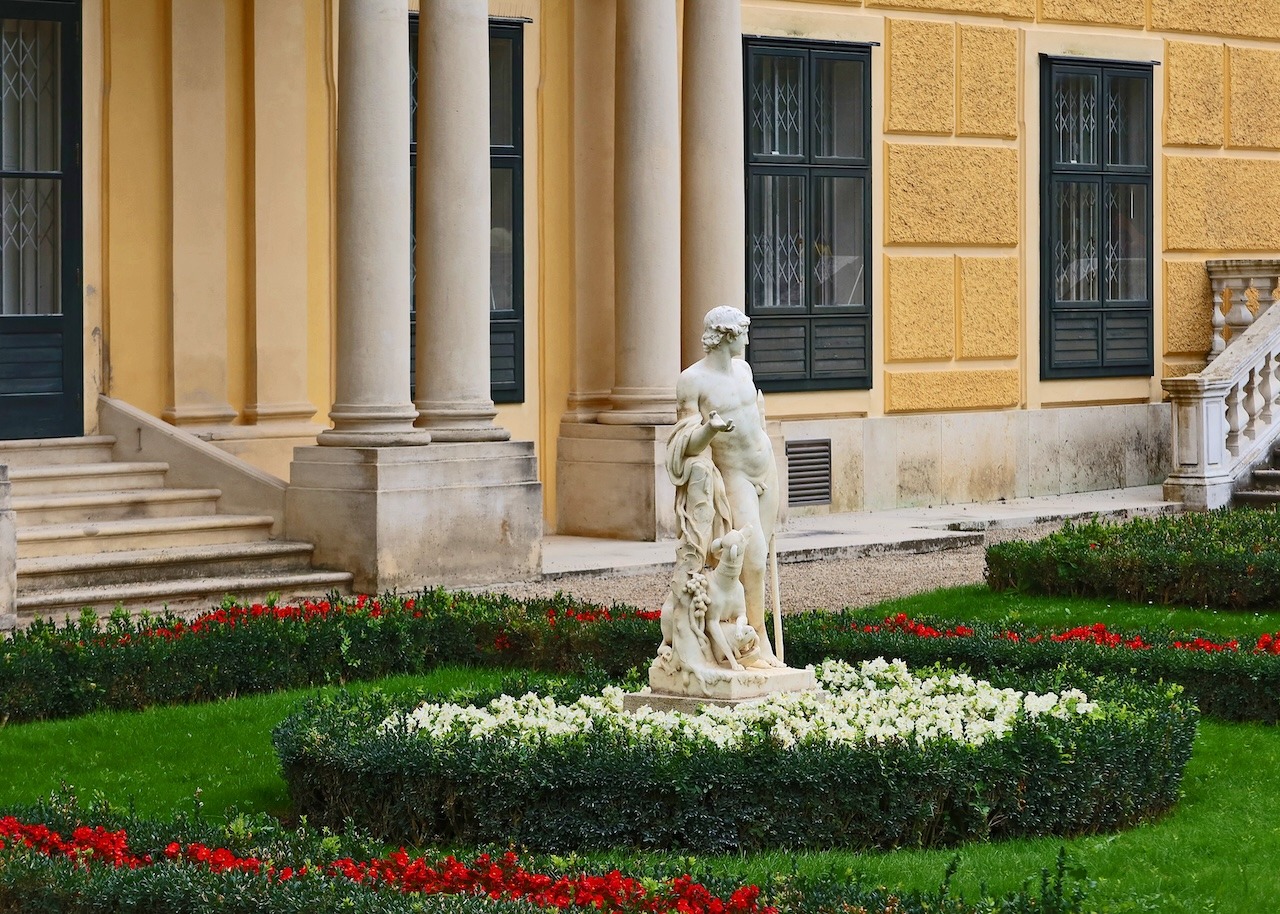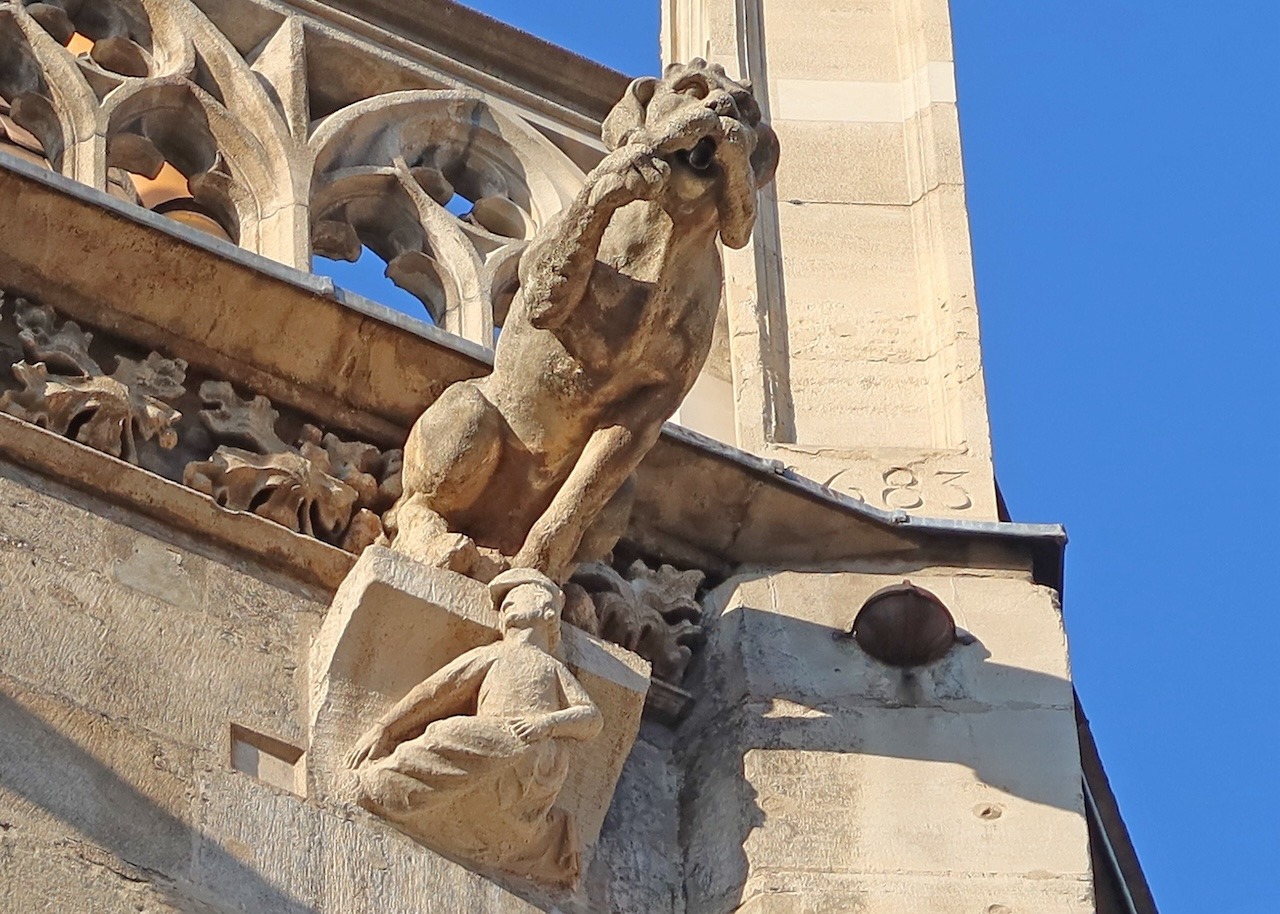
Austria Travel Guide
Step into the world of Austria! All you need for planning your dream trip to Austria is right here. From important Austrian travel tips, to a sample itinerary, and suggested destinations within Austria - Jetset Seeker has you covered!
Welcome to our Comprehensive Austria Travel Guide
Welcome to our Austria travel guide, your ultimate resource for immersing yourself in a country renowned for its classical music, illustrious history, charming bakeries, breathtaking castles, and stunning natural landscapes. We invite you to discover the melodies of Mozart and the timeless allure of this enchanting country with us in our Austria travel guide! In this comprehensive Austria travel guide, we'll take you on a journey through charming cities, iconic historical sites, and stunning landscapes that define this culturally rich country. Whether you're embarking on your first trip or a returning traveler, our Austria travel guide provides all the essentials for planning an unforgettable adventure. So, prepare your bags and get ready to delve into the rich heritage and scenic marvels of Austria with our Austria travel guide!
Austria Travel Guide: The Lowdown
Austria Travel Guide: When to Visit
Curious about the optimal time to visit Austria? Below are our insights on what each season has in store for your unforgettable journey.
Winter: Christmas Markets & Winter Sports
Winter in Austria brings a magical atmosphere with snow-covered landscapes and festive markets. The peak season for winter sports enthusiasts is typically from late December to early January, coinciding with the Christmas and New Year holidays. Winter in Austria is renowned for its world-class ski resorts, such as St. Anton, Kitzbühel, and Ischgl, offering exceptional slopes, stunning alpine scenery, and a range of winter sports activities for enthusiasts of all levels. Additionally, cities like Vienna and Salzburg dazzle visitors with enchanting Christmas markets filled with seasonal treats and crafts.
Spring: Springtime Blooms & Easter Markets
As the snow melts away and temperatures begin to rise, Austria's spring season brings flowers and outdoor adventures. The tourist season starts in late May and extends through August. Easter markets, showcasing traditional crafts and painted eggs, are popular attractions in cities like Vienna and Salzburg during this time.
Summer: Peak Season & Salzburg Festival
Summer in Austria sees warm to hot temperatures, making it an ideal time for outdoor activities and cultural events. The peak tourist season occurs in July and August when cities like Vienna and Graz come alive with outdoor concerts, open-air markets, and al fresco dining experiences. The Danube River offers opportunities for river cruises, and music festivals such as the Salzburg Festival and Bregenz Festival celebrate Austria's rich classical music heritage.
Fall: Autumn Foliage & Harvest Season
Fall brings cooler temperatures, changing foliage colors, and harvest festivities. The best time to see the autumn leaves is from late September to early October, as the scenery bursts into a vivid palette of reds, oranges, and golds. The fall season is synonymous with wine harvests and vineyard tours in Austria's wine-growing regions such as Burgenland, Styria, and Lower Austria. Compared to the peak summer season, fall tends to have fewer tourists, allowing visitors to enjoy popular attractions, museums, and natural wonders with fewer crowds.
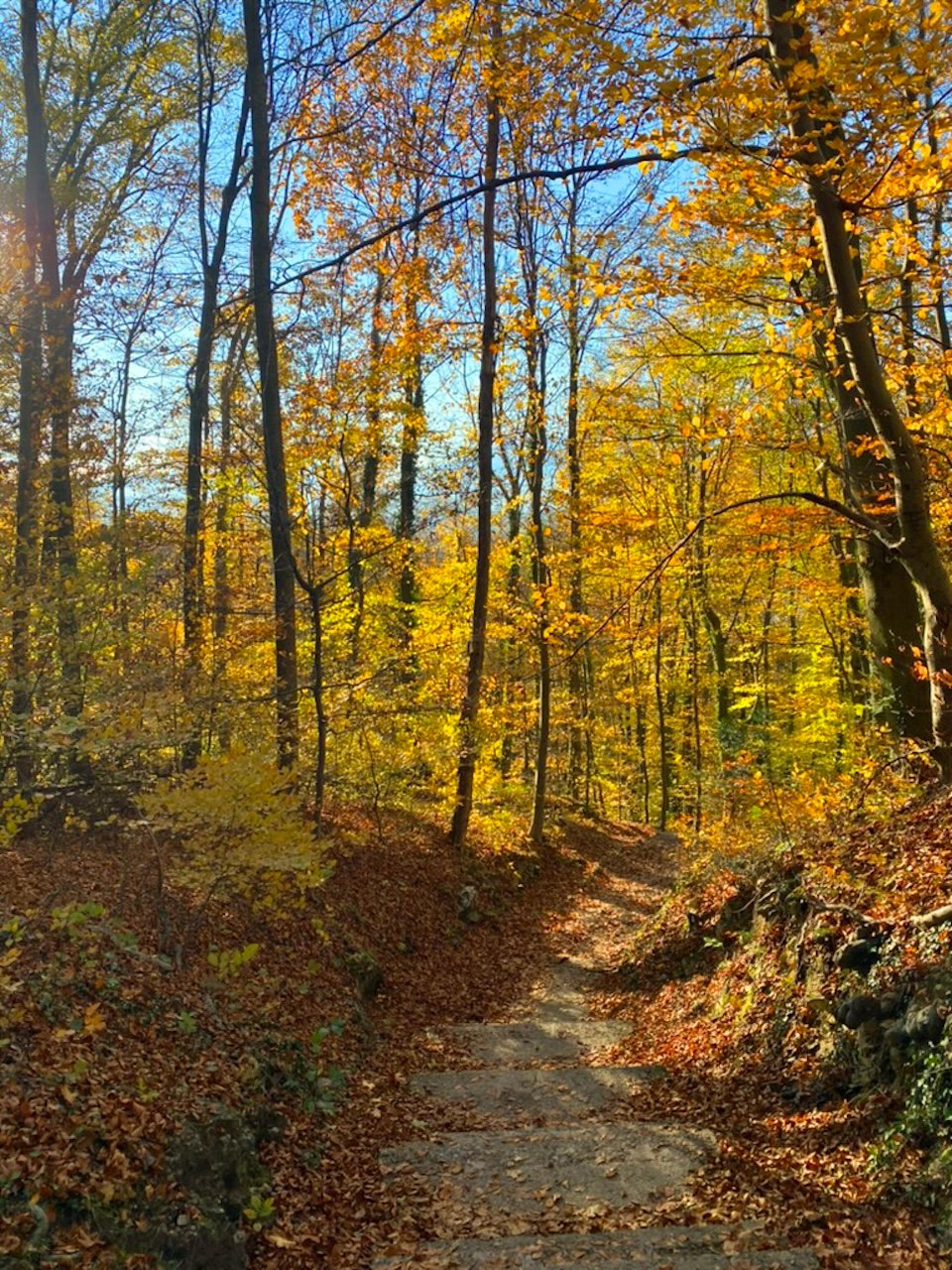
Austria Travel Guide: Money
Wondering about currency and money matters in Austria? Don't fret! Our guide has got you covered with all the essential information to navigate transactions smoothly during your travels.
Currency
Austria's currency is the Euro and it is denoted by the symbol €.
The Euro is used in 20 EU member countries: Austria, Belgium, Croatia, Cyprus, Estonia, Finland, France, Germany, Greece, Ireland, Italy, Latvia, Lithuania, Luxembourg, Malta, the Netherlands, Portugal, Slovakia, Slovenia, and Spain.
Euro banknotes come in denominations of €5, €10, €20, €50, €100, €200, and €500, each featuring architectural styles from different periods in European history. Euro coins are issued in denominations of 1 cent, 2 cents, 5 cents, 10 cents, 20 cents, 50 cents, €1, and €2. ATMs in Germany dispense an assortment of banknote denominations, with €10, €20, and €50 banknotes being the most common.
Keep Cash On Hand
While most shops, restaurants, museums, and taxis accept credit cards or mobile payment options (i.e., ApplePay and Google Pay), some street vendors, markets (including Christmas markets), small restaurants, and bars are typically cash-only in Austria. Additionally, it is not uncommon for smaller stores and restaurants to only accept credit card if your purchase is over €20.
ATMs
ATMs are widely available in Austria, especially in urban areas and tourist destinations. They dispense Euro banknotes, and most accept international debit and credit cards. The most reputable ATMs are those operated by the larger banks in Austria. Look for ATMs operated by Erste Group Bank if you need to withdraw cash as they're reputable and the fees are low.
ATMs will almost always give you the best exchange rates. However, remember to hit decline if you want to accept the ATM's exchange rate. You are always better off with the current exchange rate that your home bank will give you.
Credit Cards
Credit cards are widely accepted throughout Germany. When accepted, you can typically use Visa, Mastercard and/or American Express.
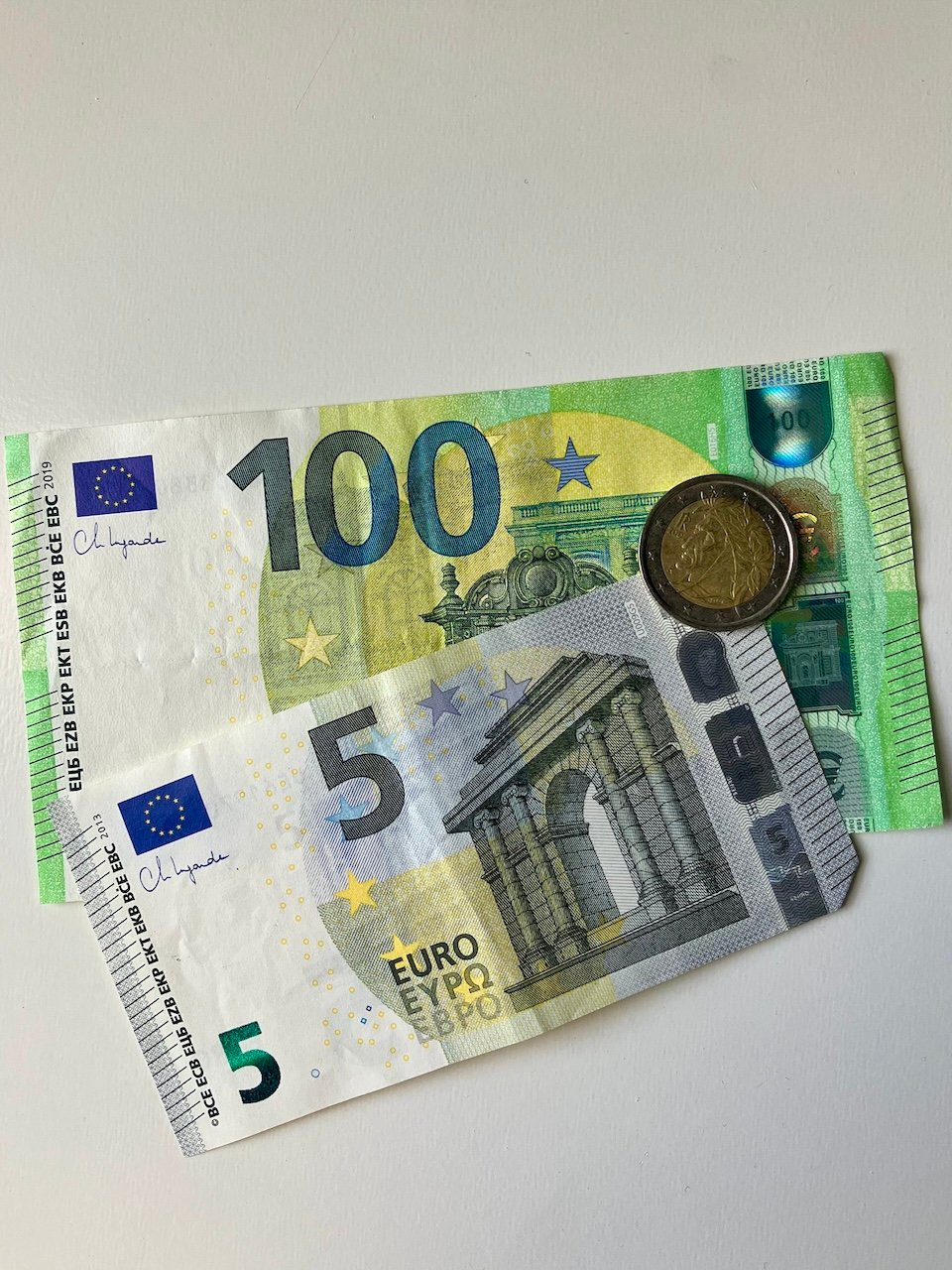
Austria Travel Guide: Language
The official language in Austria is German, but plenty of people speak English fluently, particularly in tourist-heavy areas. However, learning a few key words in the native language of the country you are visiting before your trip is always a meaningful gesture of respect for the people and country you are visiting. By making the effort to communicate in the local language, you demonstrate your appreciation for the culture and enhance your travel experience. To help you on your journey, here is a list of key words and phrases you should familiarize yourself with before traveling to Austria.
German Key Words & Phrases
Guten Tag (GOOT-en tahk) - Hello / Good Day
Auf Wiedersehen (Ouf VEE-der-zane) - Goodbye
Danke (DAHN-kuh) - Thank You
Entschuldigen Sie (ent-SHOOL-degen see) - Excuse Me
Bitte (BITT-uh) - Please / You're Welcome
Ja (yah) - Yes
Nein (nine) - No
Sprechen Sie Englisch? (SPRA-shun see ANG-lish) - Do you speak English?
Translation Apps
While traveling throughout Austria, you will find that most locals have decent proficiency in English, especially in the tourist-heavy areas. However, navigating menus or other texts may require translation assistance. During our travels, we found Google Translate, particularly its Google Lens feature within the app, to be invaluable. This tool facilitated seamless communication and comprehension. You can even pre-download the app and the German language pack for offline use, ensuring access even without WiFi or cellular data.
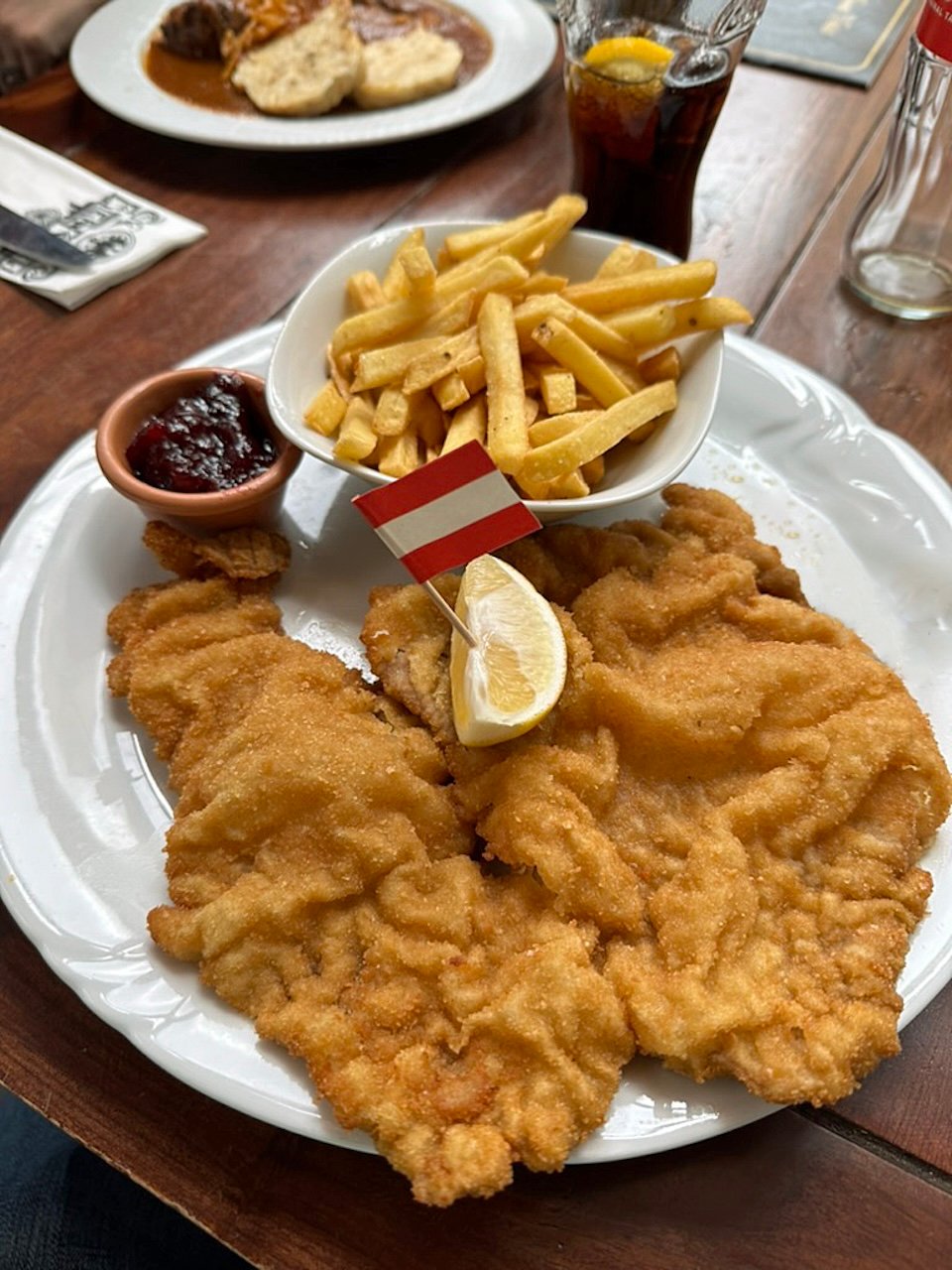
Austria Travel Guide: Shopping
Shopping in Austria offers a diverse and vibrant experience, with a wide range of products reflecting the country's rich culture and craftsmanship.
Popular Souvenirs:
Austria offers a wide variety of unique and artisan-made souvenirs that capture the essence of the country's heritage. Here are some of the most popular souvenirs from Austria:
-
Mozartkugeln: These are small, round chocolates named after the famous composer Wolfgang Amadeus Mozart. They usually consist of marzipan, nougat, and chocolate, and the foil wrappers feature a portrait of Mozart himself.
-
Vienna Porcelain: Renowned for its quality and craftsmanship, Vienna porcelain includes elegant tea sets, figurines, and decorative items. The Augarten Porcelain Manufactory is a famous producer of Vienna porcelain.
-
Dirndls & Lederhosen: Traditional Austrian clothing, especially associated with the regions of Tyrol and Salzburg. Dirndls are the dresses worn by women, and Lederhosen are the leather shorts worn by men. They are commonly worn during festivals and special events.
-
Austrian Crystal: Swarovski crystals, produced in Wattens, Austria, are famous worldwide for their brilliance and clarity. Visitors often buy crystal jewelry, figurines, or home decor items as souvenirs.
-
Alpine Souvenirs: Items include a variety of handcrafted wooden items, such as Christmas ornaments, rolling pins, figurines, and more, reflecting the country's rich heritage and craftsmanship.
-
Beer Steins: Especially popular in regions like Salzburg and Vienna, traditional beer steins made of ceramic or glass are decorated with intricate designs and are often collected by tourists.
-
Schnapps: Austrian schnapps, particularly fruit-based schnapps like apricot or pear, is a popular souvenir. These strong, clear spirits are often enjoyed as digestifs and are available in various flavors.
-
Sachertorte: The famous Sachertorte is a decadent chocolate cake with a layer of apricot jam, covered in dark chocolate icing. Originating from Vienna, this iconic dessert is often packaged for travelers to take home as a delicious reminder of their time in Austria.
- Manner Wafers: Manner wafers are thin, crispy wafer biscuits filled with hazelnut cocoa cream. They come in distinctive pink packaging and are a beloved Austrian treat, making them a sweet and portable souvenir option.
- Christmas Ornaments: Like its neighbor Germany, Austria is renowned for its handmade Christmas ornaments, including glass baubles, wooden decorations, and real hand-painted eggs. These ornaments often reflect Austrian traditions and can be cherished keepsakes.
Tax-Free Shopping:
Tax-free shopping in Austria, known as VAT (Value Added Tax) refund, is available to non-EU residents who make purchases of goods to be exported outside the European Union within three months of the purchase date. Here are the key points about tax-free shopping in Austria:
- Participating Stores: Look for stores displaying a Tax-Free Shopping logo or ask the retailer if they participate in the tax-free shopping program. While not every retailer offers Tax-Free Shopping, you will find that the majority of upscale designer boutiques and department stores are part of the program.
- Minimum Purchase Amount: In Austria, the minimum purchase amount is €75,01. This minimum applies to a single purchase, per store.
- Tax-Free Shopping Process: When making a purchase, ask the store for a Tax-Free Shopping Form. Make sure to keep your receipts and the Tax-Free Shopping Form. You will need to have your passport with you for the store to complete a Tax-Free Shopping Form on your behalf. (Some stores will accept a copy of your passport, but this is not a guarantee.)
- Validation at Customs: Before departing the EU, you must get your Tax-Free Form validated by customs. Show your purchased items (which must be in the original packaging), receipts, and Tax-Free Form(s) at the customs desk located at the airport or border. This step is crucial and should be performed at your final EU departure point. For example, should you purchase Swarovski crystal jewelry in Vienna but then travel to Paris before flying back home, the process of getting your Tax-Free Form officially stamped by customs must take place in France.
- Global Blue, Planet Tax Free, & Other Tax-Free Companies: Global Blue and other tax-free companies facilitate the VAT refund process. The company that you need to provide your Tax-Free Form to after it has been validated should be clearly stated on your paperwork. You will need to provide them with your completed form, show your passport, and provide your contact information when processing the refund. Should you find yourself in a situation where mailing your Tax-Free Form becomes necessary, do not forget to take photos of all paperwork, including receipts, prior to mailing them off. Refunds processed via mail may take anywhere from 4-8 weeks, if not longer to be received.
- Refund Process: After customs validation, you can receive your refund in cash immediately, or opt for a credit card refund, which typically processes within 3 to 5 days. The cash can be offered in both Euros and your home currency. Be sure to ask if any additional fees apply before selecting your choice of refund.
It's important to note that not all purchases are eligible for VAT refunds, such as services and consumables. Additionally, there may be administrative fees deducted from your refund, so it's advisable to inquire about any potential charges before completing the tax-free shopping process. More information about tax-free shopping can be found on the European Union website.
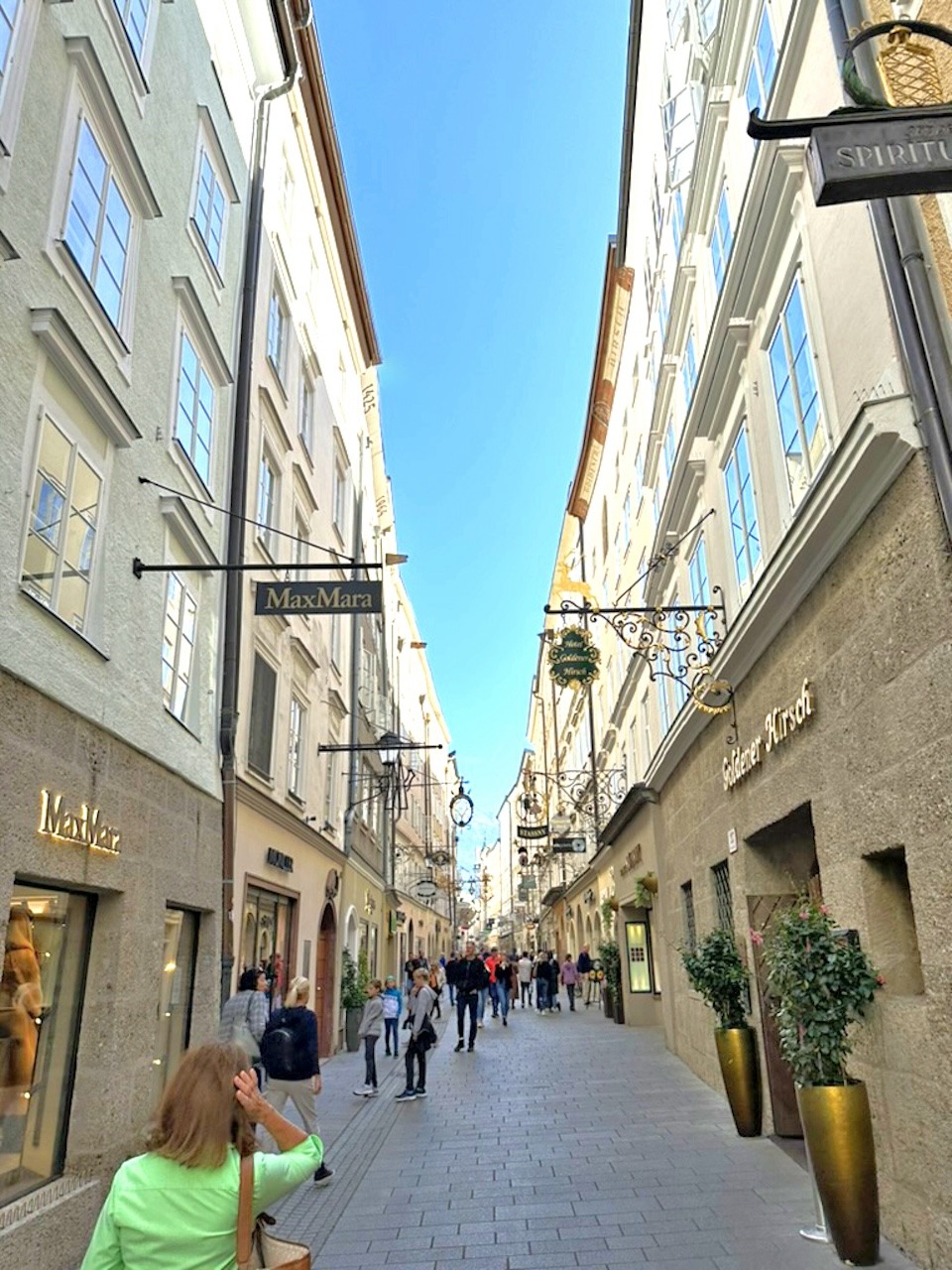
Austria Travel Guide: Airports
Main Airports
Austria has two main international airports that tourists typically frequent: Vienna and Salzburg.- Vienna International Airport (VIE): Austria's primary international airport, located southeast of Vienna's city center, serves as a major hub for both domestic and international flights. VIE has four terminals and handles a large volume of passengers annually, offering a wide range of amenities including shops, restaurants, lounges, and transportation options.
- Salzburg Airport (SZG): Situated near the city of Salzburg and serving as a gateway to the Austrian Alps and surrounding regions, SZG known for its scenic views and cultural attractions.
Other Airports in Austria
- Graz Airport (GRZ): Located near Graz, the second-largest city in Austria, GRZ serves domestic and international flights, providing modern facilities and convenient access to Styria region.
- Innsbruck Airport (INN): Situated in the Tyrol region, INN is known for its stunning alpine views and serves as a popular gateway for winter sports enthusiasts heading to resorts like Kitzbühel and St. Anton.
-
Linz Hörsching Airport (LNZ): Serving the city of Linz and Upper Austria, LNZ is a regional airport offering flights to major European cities.
-
Klagenfurt Airport (KLU): Located in Carinthia, KLU provides connections to domestic destinations as well as international flights, serving tourists exploring the lakes and mountains of southern Austria.
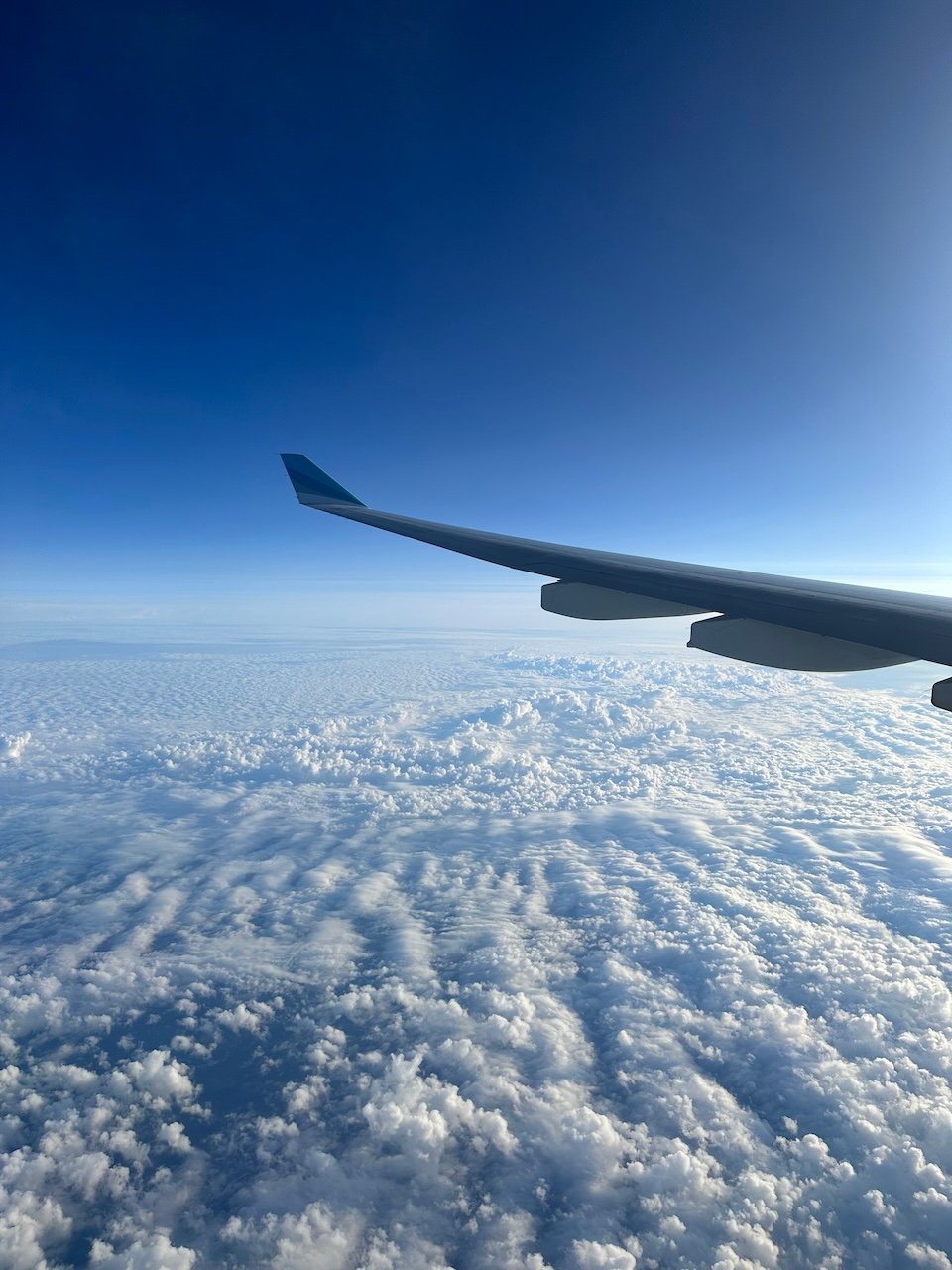
Austria Travel Guide: Trains
Austria has an efficient and extensive train network operated by several companies.
- Österreichische Bundesbahnen (ÖBB): The national railway company of Austria, Austrian Federal Railways, operating domestic and international train services.
- Westbahn: A private railway company offering intercity services primarily between Vienna, Salzburg, Linz, Innisbrook, and Munich.
- ÖBB Nightjet Trains: The ÖBB Nightjet trains are an overnight train service operated by ÖBB (Austrian Federal Railways) that connects major cities across Europe, providing comfortable and convenient overnight travel options. ÖBB Nightjet trains operate in Austria, connecting various Austrian cities with other destinations across Europe. These trains provide overnight travel options between Austria and countries like Germany, Switzerland, Italy, Netherlands, and more. Major Austrian cities such as Vienna, Salzburg, Linz, Graz, and Innsbruck are part of the Nightjet network, offering travelers a convenient and comfortable way to reach their destinations while enjoying the experience of overnight train travel. More information about ÖBB Nightjet trains can be found on the Nightjet website.
- Rail Passes: Travelers visiting Austria can consider using rail passes like the Eurail Pass or Austria Rail Pass, which offer unlimited travel on OBB trains and other train companies for a specified duration. These passes are cost-effective for those planning multiple train journeys within Austria or across Europe. For more information, please check the Eurail Website.
- Tickets: Passengers can purchase tickets for Austrian trains online, at stations, or through various mobile apps. We highly recommend securing your tickets ahead of time, particularly for long-distance and high-speed trains during peak travel periods. We also advise paying for seat reservations on Austrian trains, so you are guaranteed to have a seat, even during busy times. Our preferred method for booking train tickets in Europe is through Rail Europe. The Rail Europe website simplifies the booking process by allowing you to book your tickets in English, plus, you can easily view train schedules and route options. Rail Europe charges a minimal booking fee of $8.45.
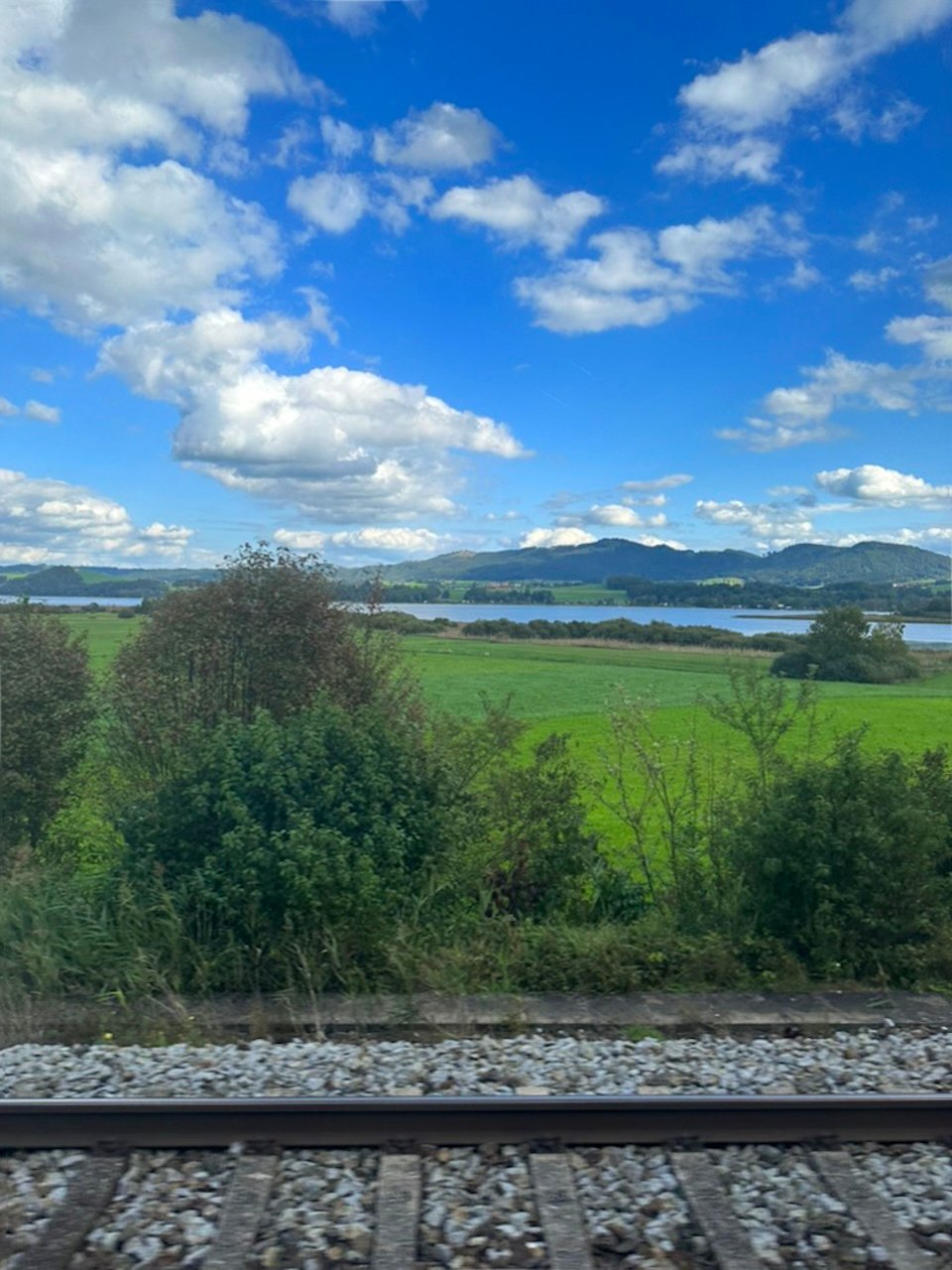
Austria Travel Guide: Additional Information
Sunday Closures
In Austria, Sunday closures a common part of everyday life, resulting in the closure of most retail stores, supermarkets, and department stores on Sundays and public holidays. Exceptions exist for shops in certain locations such as train stations, airports, tourist areas, and gas stations, which may have limited hours on Sundays. However, restaurants, cafés, bakeries, museums, tourist attractions, and public transportation services typically remain open on Sundays, offering visitors opportunities for dining, sightseeing, and cultural experiences. It is advisable for tourists to plan their activities accordingly, stocking up on essentials before Sunday closures and taking advantage of open attractions and leisure activities during their visit.
Tipping Culture
Bars & Restaurants
Tipping is more common in Austria than other countries in Europe. Tipping in Austria is seen as a gesture of appreciation for good service rather than an obligation. While it is not mandatory to leave a tip, leaving a tip for satisfactory service is considered polite and is welcomed by service providers.
Tipping in restaurants, cafés, and bars is common - especially when paying with cash. Most guests will usually round-up the bill or leave a small amount as a tip. A standard tip ranges anywhere from 5-10% of the total bill, but only if you receive what you would deem to be good service.
Taxis
Tipping taxi drivers is not mandatory, but it is common practice to round up the fare or add a small tip as a token of appreciation for good service.
Electrical Outlets & Voltage
In Austria, the outlets are Type C and Type F, with Type F being the most common. Type C outlets feature two round pins, while Type F outlets include two round pins and a grounding clip. The standard voltage in Austria is 230 volts, with a frequency of 50 hertz (Hz). This voltage is compatible with most electronic devices and appliances used in Europe. Travelers coming from the United States and Canada will need a plug adapter but typically do not require a voltage converter to use Austrian outlets, as many modern devices are designed to handle different voltages. If you are concerned about using one of your devices in Austria, double-check to see if it is rated as "dual voltage" which indicates that it was designed to be used in both North America and Europe.
Travelers from countries with different plug types, such as Type A (North American) or Type G (British), will need a plug adapter to use their devices in Austria. Additionally, devices designed for lower voltages (i.e., 110-120 volts) that are not rated "dual voltage" may require a voltage converter to avoid damage when used in Austria.
Cellular Data & WiFi
Most hotels and public places, like museums, in Austria offer free WiFi. However, if you need service on the go you have a couple of options. (1) Consider purchasing a SIM card upon arrival. Prepaid SIM cards are inexpensive and can be purchased at most airports. (2) Purchase an eSIM before you depart. We often opt for eSIMs from Airalo when we travel internationally. You can purchase a 5 GB plan valid for 30-days for $20.00 USD. Airalo offers both country-specific eSIMs and regional eSIMs, like Eurolink for Europe which provides coverage in 39 countries. The eSIMs from Airalo are limited to data only; however, this still allows you to communicate via WhatsApp, easily get directions, utilize Google Translate, and surf the web.
••••••••••••••••••••••
Get $3 off your first eSIM data pack from Airalo. Use code LAUREN5219 when you sign up or apply it at checkout. Or, you can use the following link: https://ref.airalo.com/mk72 (To be fully transparent, when you use our referral code, we also get a $3 credit for Airalo.)
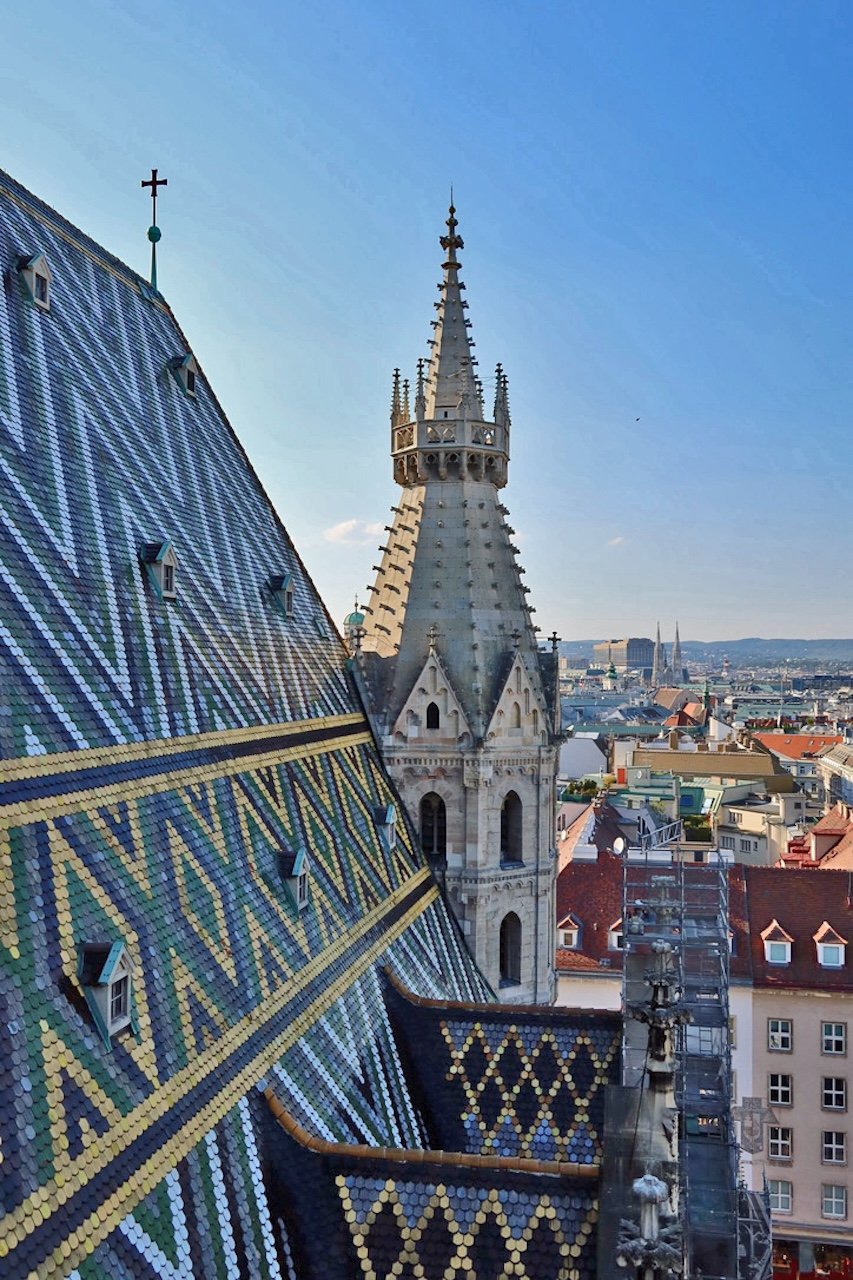
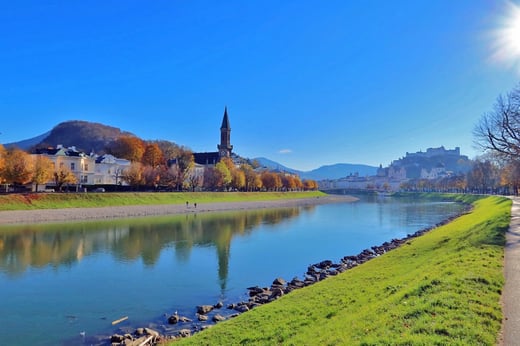

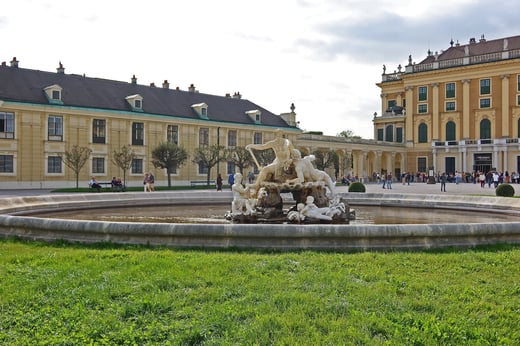

Our 5-Day Vienna Itinerary
Alongside our comprehensive Austria travel guide, we offer a sample itinerary crafted from our own experiences which we are sharing to help inspire your own travel plans! Feel free to use it as a starting point for crafting a memorable trip to Vienna. We've included highlights, must-visit attractions, and recommendations based on our firsthand experiences to ensure you make the most of your time in this captivating country.
Trip Summary:
-
 4 Nights
4 Nights
-
 Vienna & Day Trip to Bratislava (Slovakia)
Vienna & Day Trip to Bratislava (Slovakia)
-
 Train Travel Between Cities
Train Travel Between Cities
-
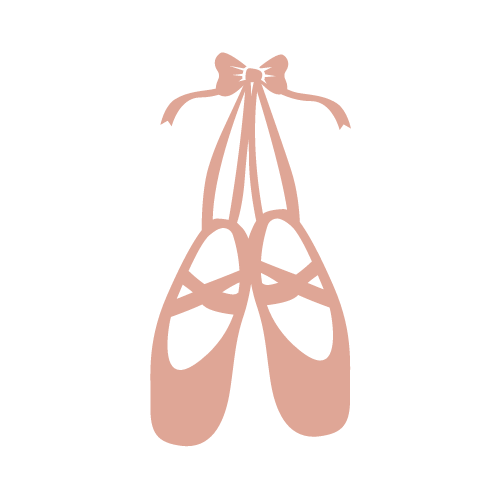 Ballet Performance at Vienna State Opera
Ballet Performance at Vienna State Opera
-
 Highlights Include: Schloss Schönbrunn & Imperial Treasury Vienna
Highlights Include: Schloss Schönbrunn & Imperial Treasury Vienna
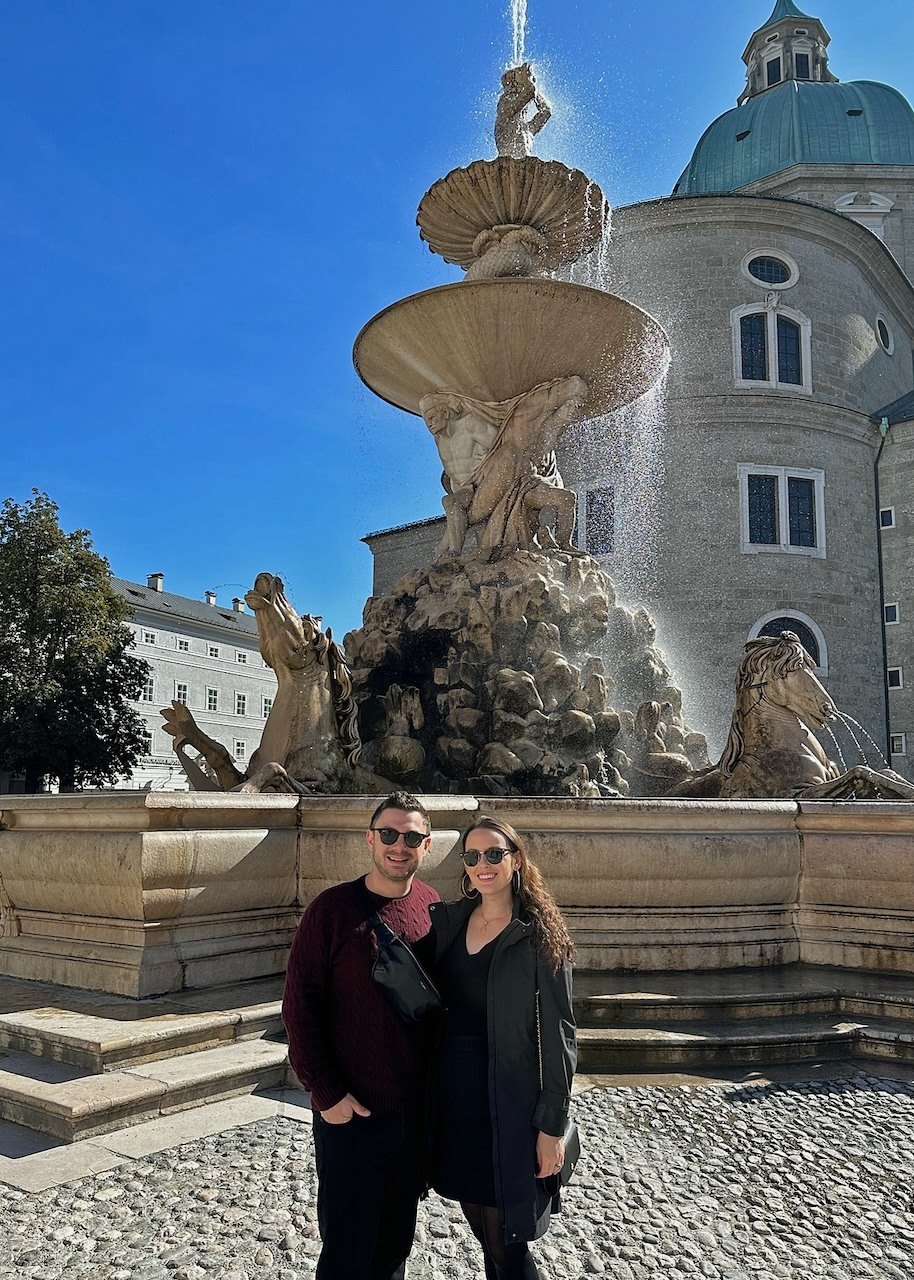
Our thoughts on Austria
Our experience in Austria was a mix of enchantment and disappointment, with four nights spent in Vienna and two nights in Salzburg. Salzburg quickly stole our hearts with its breathtaking views of the Austrian Alps and the warm hospitality of its people. The city exuded charm at every turn. In contrast, Vienna left us somewhat disappointed. The city was incredibly crowded, making it feel at times overwhelming. We found Vienna to be quite expensive and the locals were not the most polite or friendly. However, despite these challenges, Vienna's beauty shone through in its stunning architecture and cultural attractions.
We were particularly impressed in Vienna by the Vienna Imperial Treasury. The jewels showcased in the Vienna Imperial Treasury stand on par with those seen in the English Crown Jewels at the Tower of London. However, we found the tours at the Hofburg Palace and Schloss Schönbrunn to be somewhat repetitive, although the latter's gardens were truly remarkable, albeit crowded.
In Salzburg, the highlights were undeniably the Hohensalzburg Fortress and the Salzburg Cathedral, which stood as iconic symbols of the city's history and grandeur. The panoramic views from Hohensalzburg Fortress were simply breathtaking, showcasing the beauty of Salzburg and its surroundings. One of the most memorable experiences of our trip was the cooking class we took at the Edelweiss Cooking School in Salzburg, where we learned to prepare traditional Austrian dishes, including apfelstrudel, and gained a deeper appreciation for the local cuisine.
A delightful excursion from Vienna was our day-trip to Bratislava, Slovakia, which we highly recommend. Bratislava welcomed us with its vibrant street art, funky UFO Bridge, incredible cuisine, and picturesque Old Town, making it a perfect addition to our Austria itinerary. Overall, despite some minor hiccups, our time in Austria was filled with unforgettable experiences and we cannot wait to return again in the future!
Our Austria Travel Guides

Salzburg
Nestled in the Austrian Alps, Salzburg enchants visitors with its Baroque architecture, scenic landscapes, and attractions such as Salzburg Cathedral and Hohensalzburg Fortress.
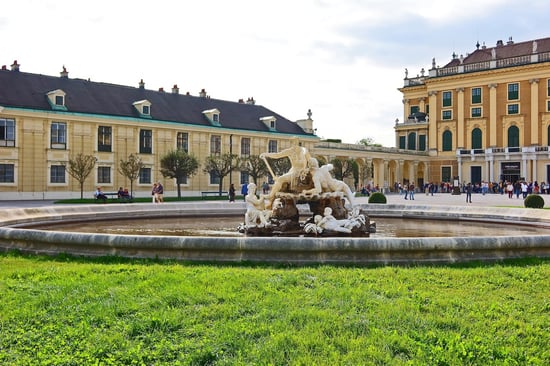
Vienna
Austria's vibrant capital captivates visitors with its blend of imperial grandeur, cultural richness, and iconic landmarks like the Schönbrunn Palace, Imperial Treasury Vienna, and St. Stephen's Cathedral.
Austria Travel Guide: Additional Resources for Planning the Trip of Your Dreams
Looking for more Austria content?
Check out the Jetset Seeker Blog!
%20(1).png?width=3690&height=2079&name=Jetset%20Seeker%20Logo%20(Banner)%20(1).png)
